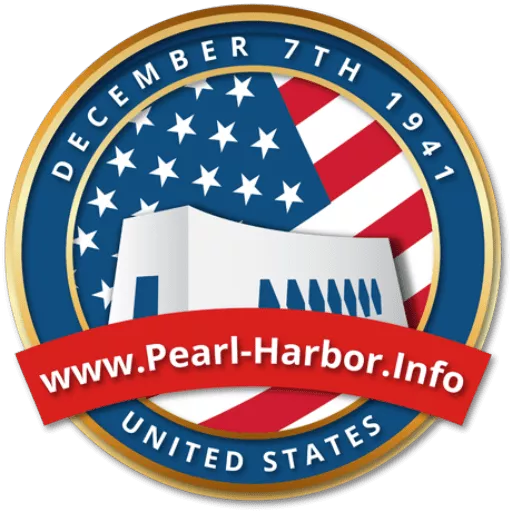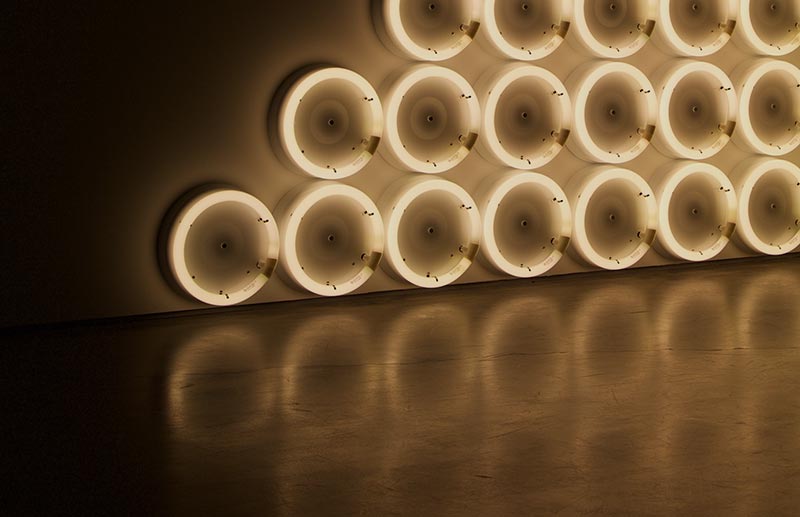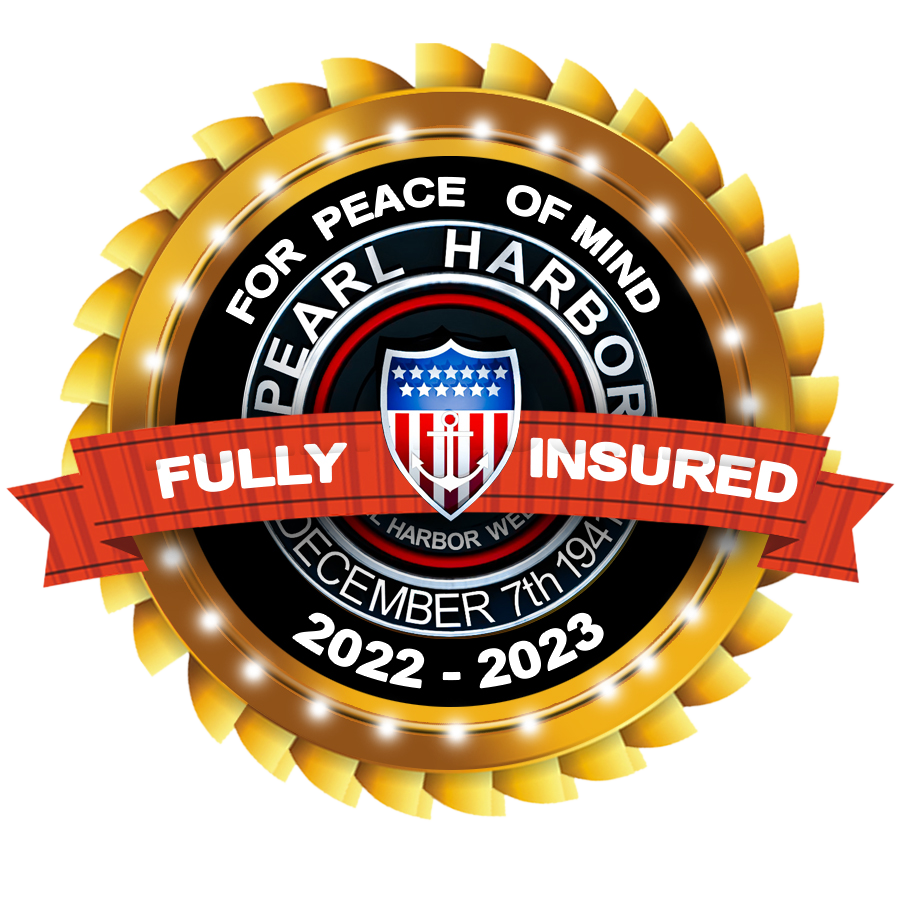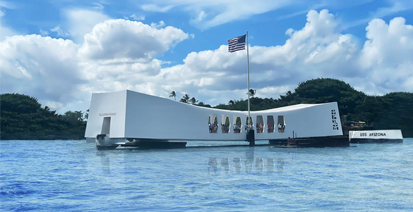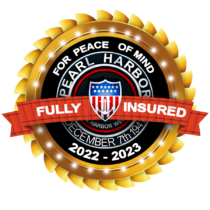Funding For The Arizona Memorial
The Memorial marks the resting place of Battleship Arizona, and its 1,102 crew members are still entombed in the sunken ship. Even before the Memorial or the Pearl Harbor Visitor Center was built, the Navy allowed retired service members and Pearl Harbor Survivors to take visitors out to the USS Arizona battleship by small boats to pay their respects to these fallen heroes. These tours became so popular that the Navy soon received requests for a permanent memorial structure.
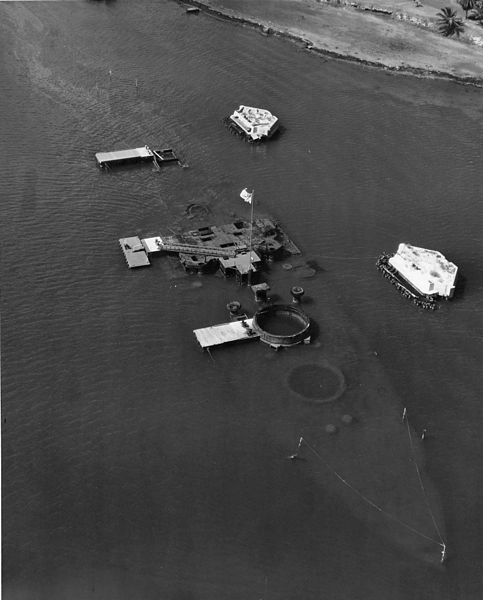
Aerial view of the hull of the U.S. Navy battleship USS Arizona (BB-39) taken during the 1950s prior to the construction of the USS Arizona Memorial., U.S. Navy, U.S. Navy National Museum of Naval Aviation photo No. 1996.488.029.056, PD-USGov
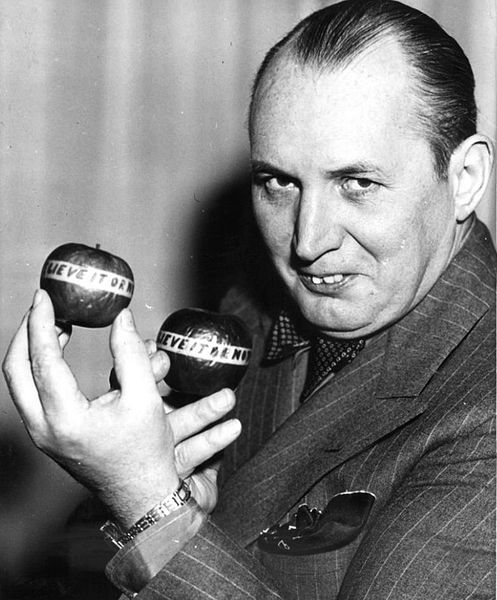
Photo of Robert Ripley, the creator of Believe It or Not., Press release says “From Ripley Office”, eBay itemphoto frontphoto back, PD-PRE1978
Robert Ripley of “Ripley’s Believe It or Not” visited the site in 1942. Then in 1948, Robert Ripley did a radio show from Pearl Harbor that started his campaign for a permanent memorial so visitors could disembark their boats and pay their respect while looking down at the sunken ship. He and his associates approached the Department of Navy and wrote many letters to different Admirals and Congressmen. Unfortunately, Ripley’s concept was rejected due to his high-cost design.
In 1949, the Pacific War Memorial Commission was founded by the Navy to determine how a Memorial could be built over the USS Arizona Battleship. Admiral Arthur W Radford, commander of the Pacific Fleet, started a tradition that is still in effect today: an American flag is hoisted and lowed each day over the sunken ship. His original flagpole was attached to the main mast of Arizona. He had his sailors sail out to the USS Arizona battleship each day and raise and lower the colors; later, the National continued this tradition.
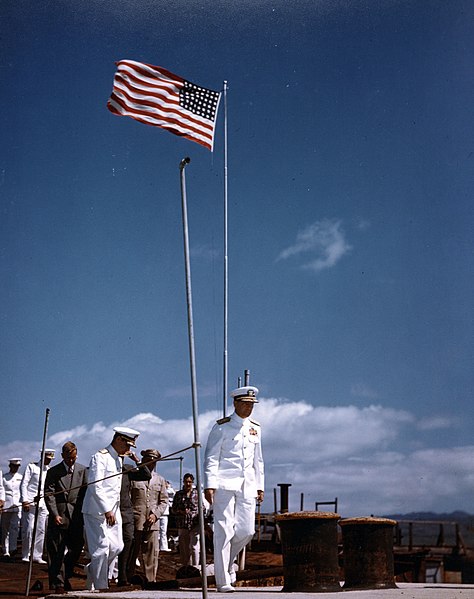
80-G-K-11244 (Color): Admiral Arthur W. Radford, USN, Commander in Chief, Pacific, and CinC, Pacific Fleet. Leads the procession during memorial services on board the wreck of USS Arizona (BB-39), 7 December 1950, on the 9th anniversary of the Japanese attack on Pearl Harbor. Official U.S. Navy Photograph, now in the collections of the National Archives. (2015/12/29)., National Museum of the U.S. Navy, 80-G-K-11244 (Color), PD-USGov
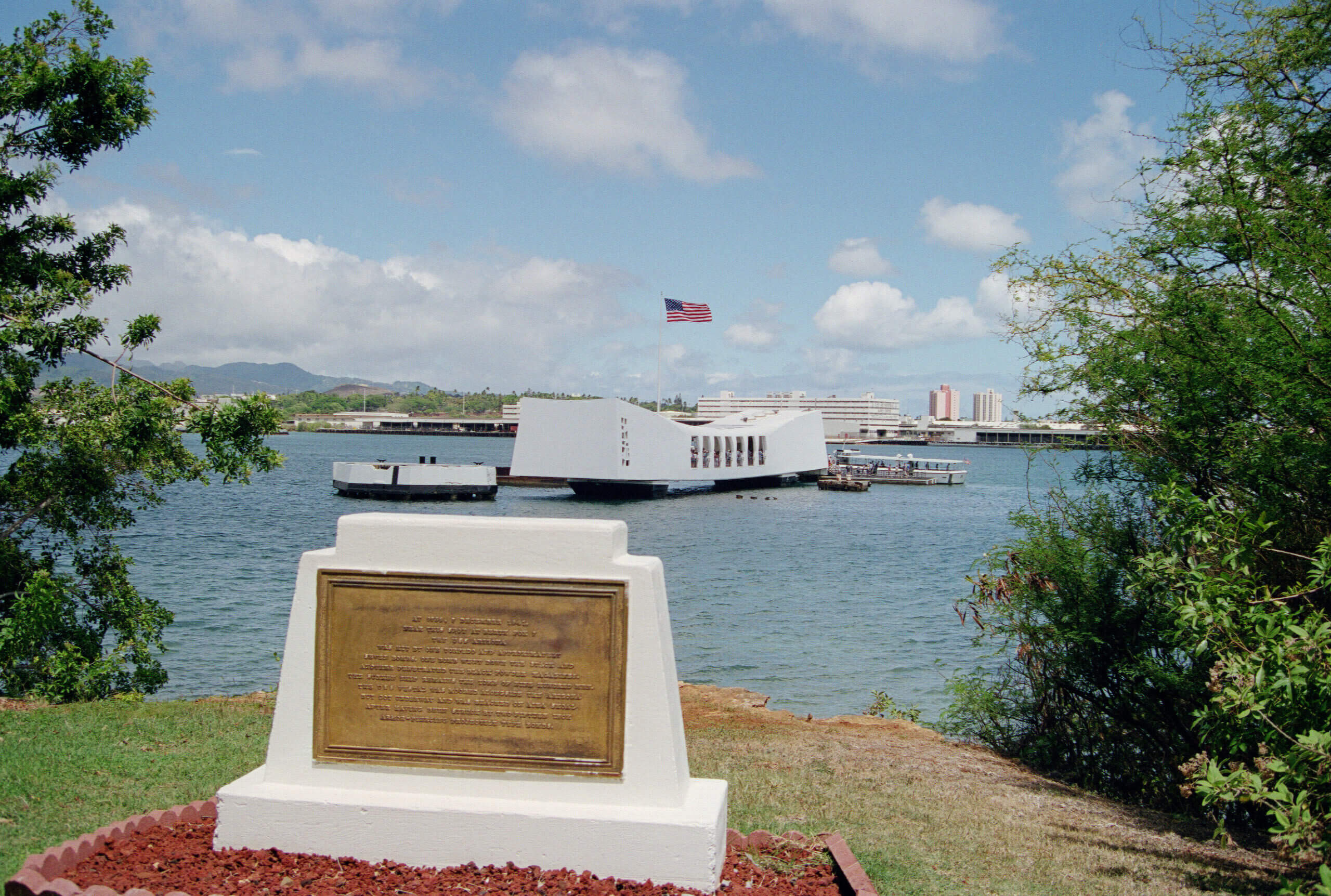
Then in 1955, the Navy built the first permanent 10-foot stone memorial and plaque over the USS Arizona battleship. Three years later, President Dwight Eisenhower approved a National Memorial budget of $500,000 for the project to be raised by private donations from corporations and the public.
Eventually, the money to fund the USS Arizona Memorial was raised by:
- $50,000 from the Territory of Hawaii government funds
- $95,000 from the “This Is Your Life” television promotion
- $64,000 from a benefit concert by Elvis Presley (This was the first benefit concert ever created in the United States by a superstar).
- $40,000 from plastic USS Arizona battleship models sold by the non-profit Fleet Reserve Association of Hawaii. The co-sponsor of this promotion was the Revell model company.
- $150,000 was appropriated from the federal government through the efforts of Senator Daniel Inouye (A WWII veteran who lost an arm in a WWII battle)
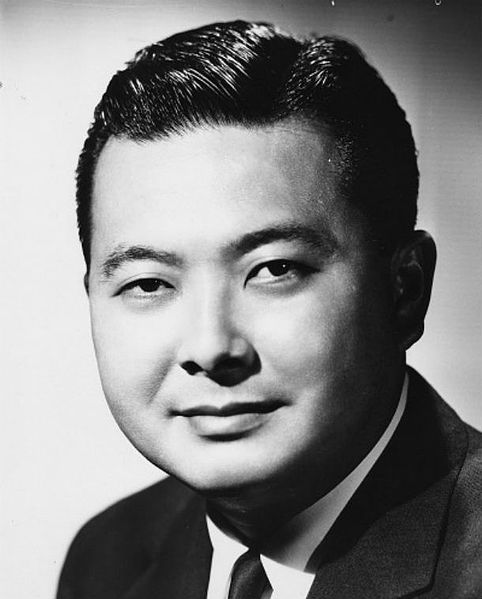
United States Senator Daniel Inouye (D–HI), United States Senate Historical Office, http://www.senate.gov/artandhistory/history/common/image/HI_1963_Inouye_Daniel.htm, PD-USGov
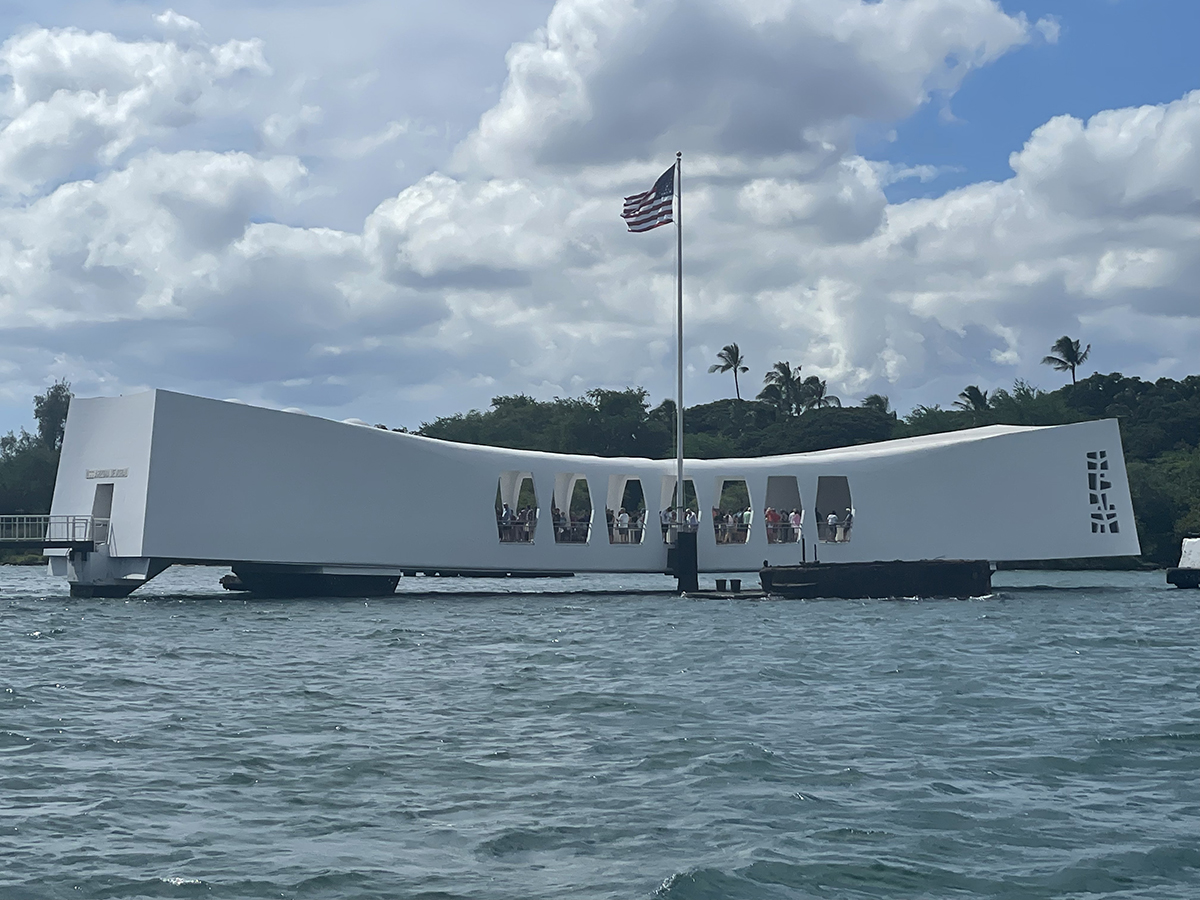
The Arizona Memorial Monument at Pearl Harbor.
Numerous ideas about the Memorial’s purpose were submitted during this project’s planning stages. Some proposals wanted the Memorial to pay respects to all those killed during WWII; others only wanted the Memorial to honor those sailors that lost their lives on the Battleship Arizona.
After long debates, it was finally decided that the Memorial was to be built “in honor and commemoration of the members of the Armed Forces of the US who gave their lives to their country during the attack on Pearl Harbor, Hawaii, on December 7, 1941,”
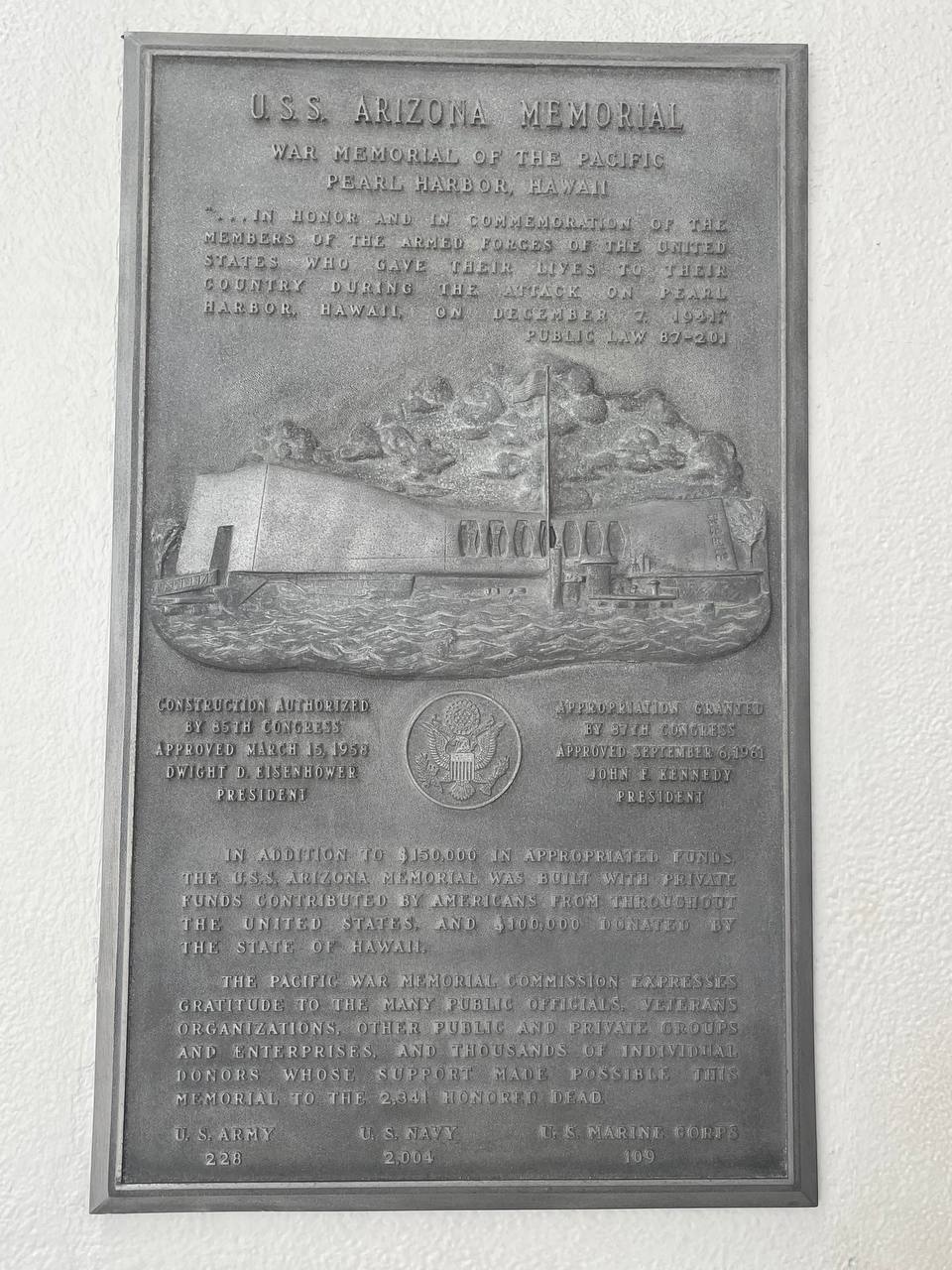
The dedication plaque for the Arizona Memorial Monument is on display in the assembly room of the USS Arizona Memorial. The plaque dedicates the Memorial to all US service members who died during the attack on Pearl Harbor.
